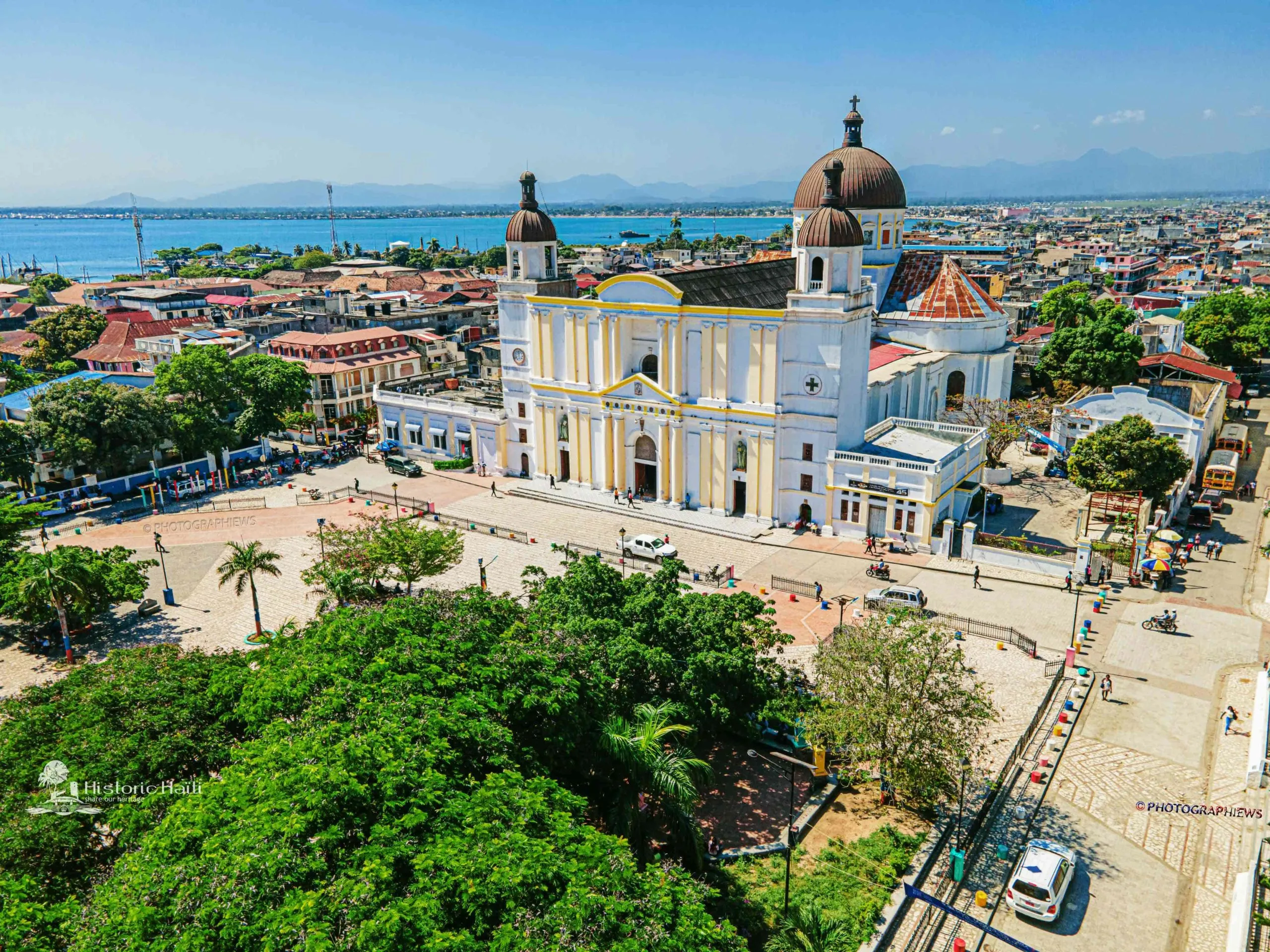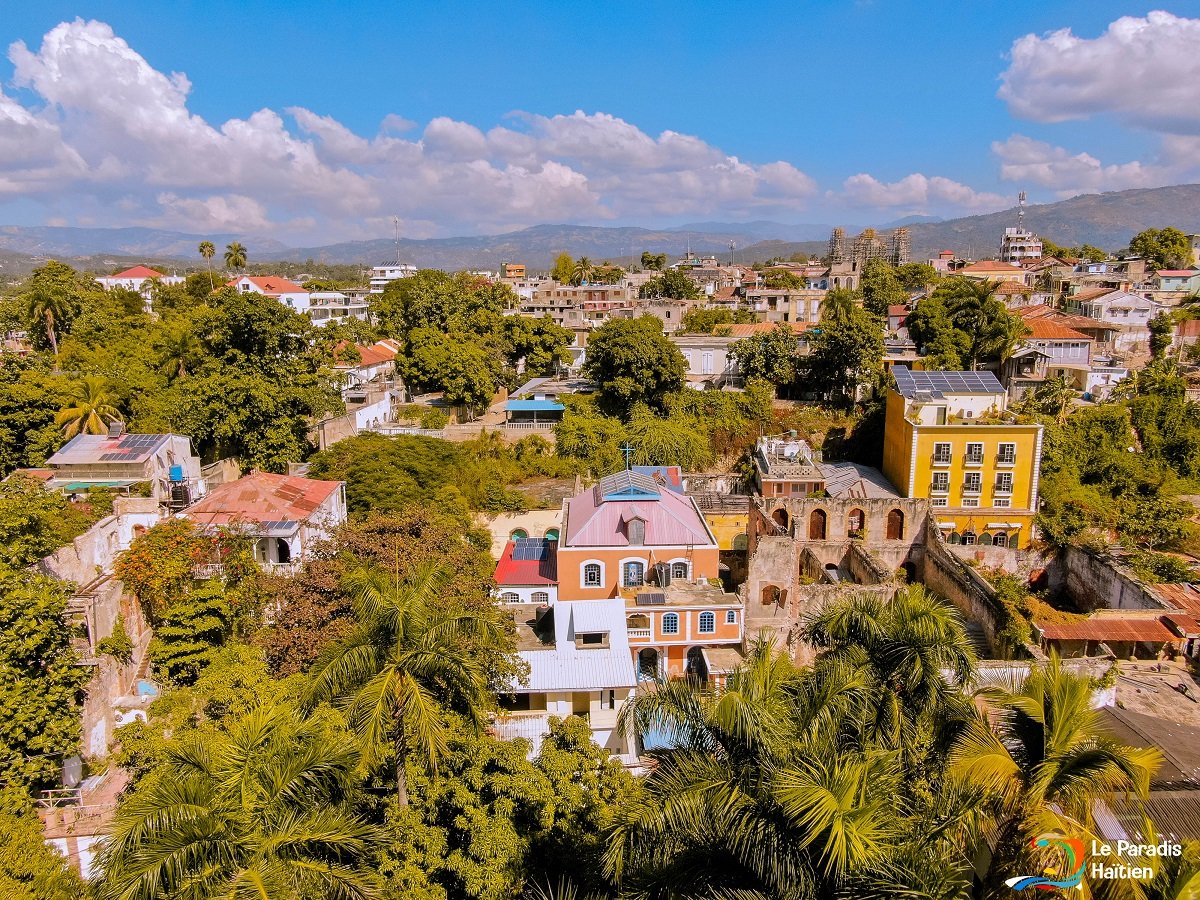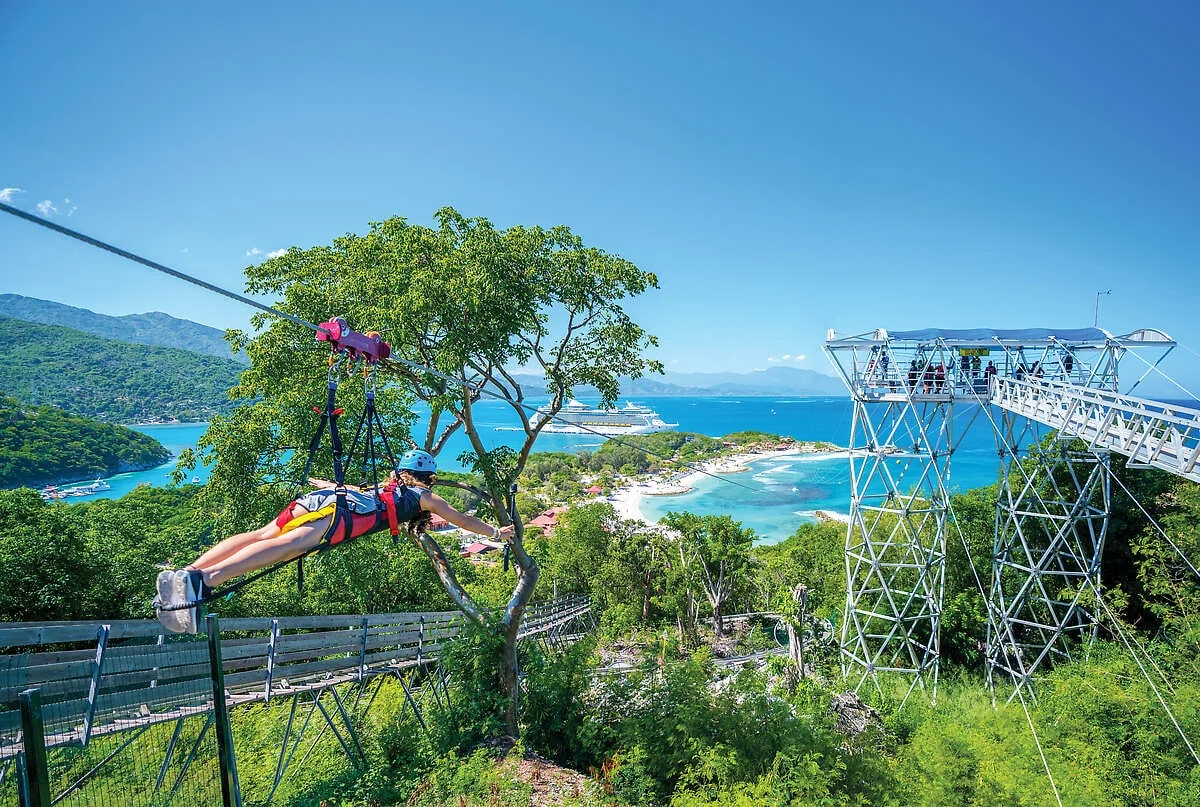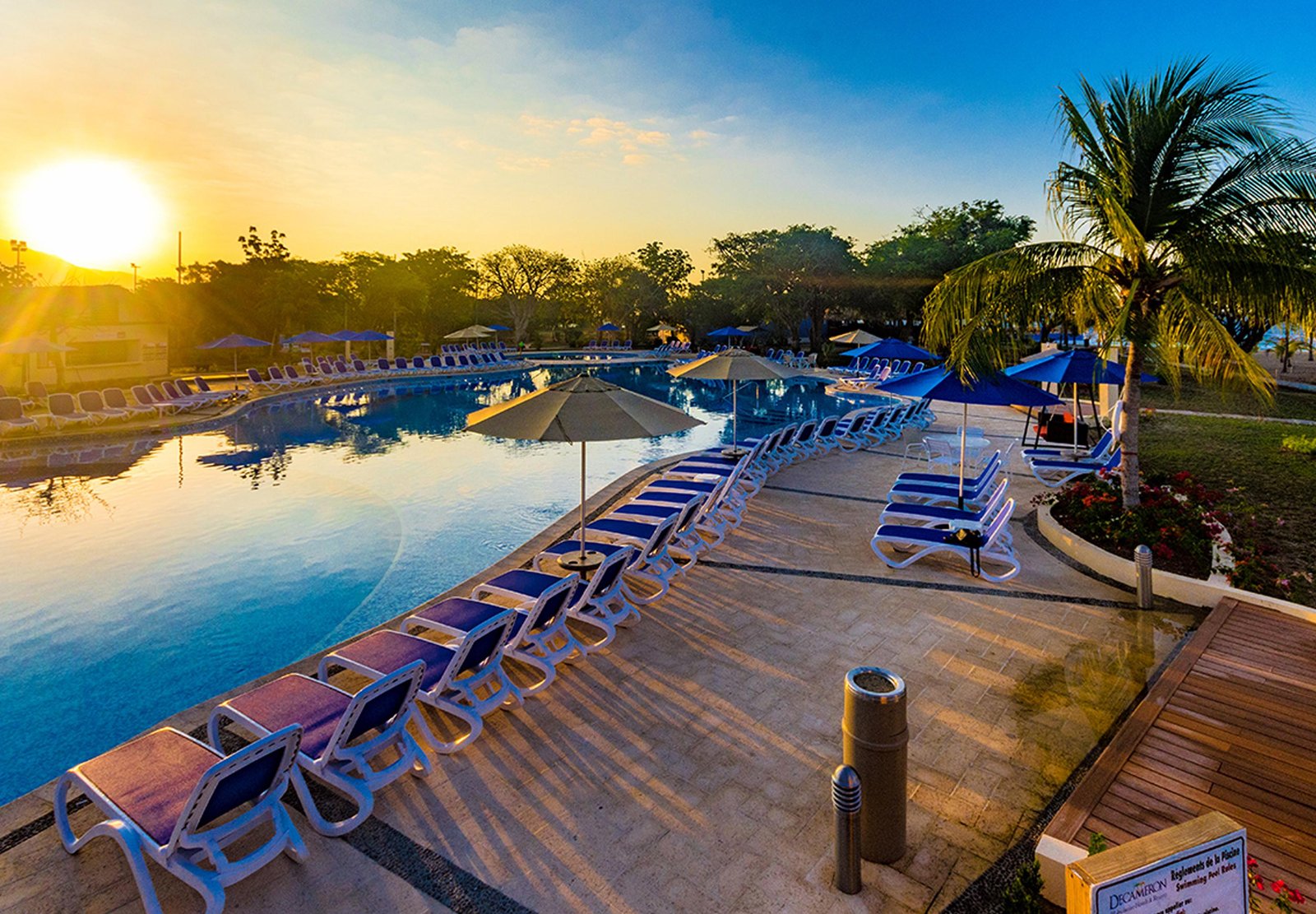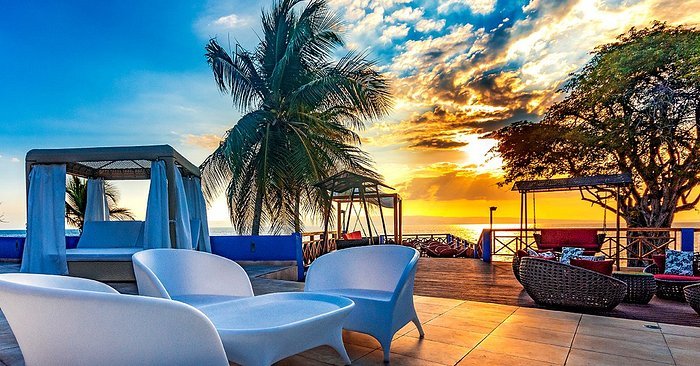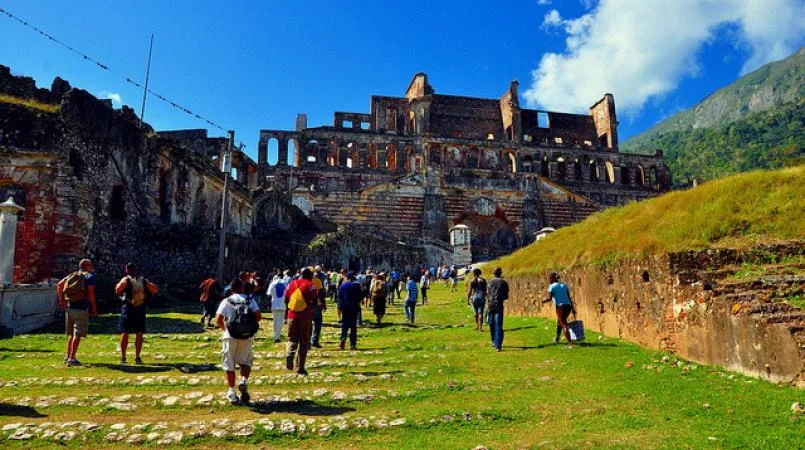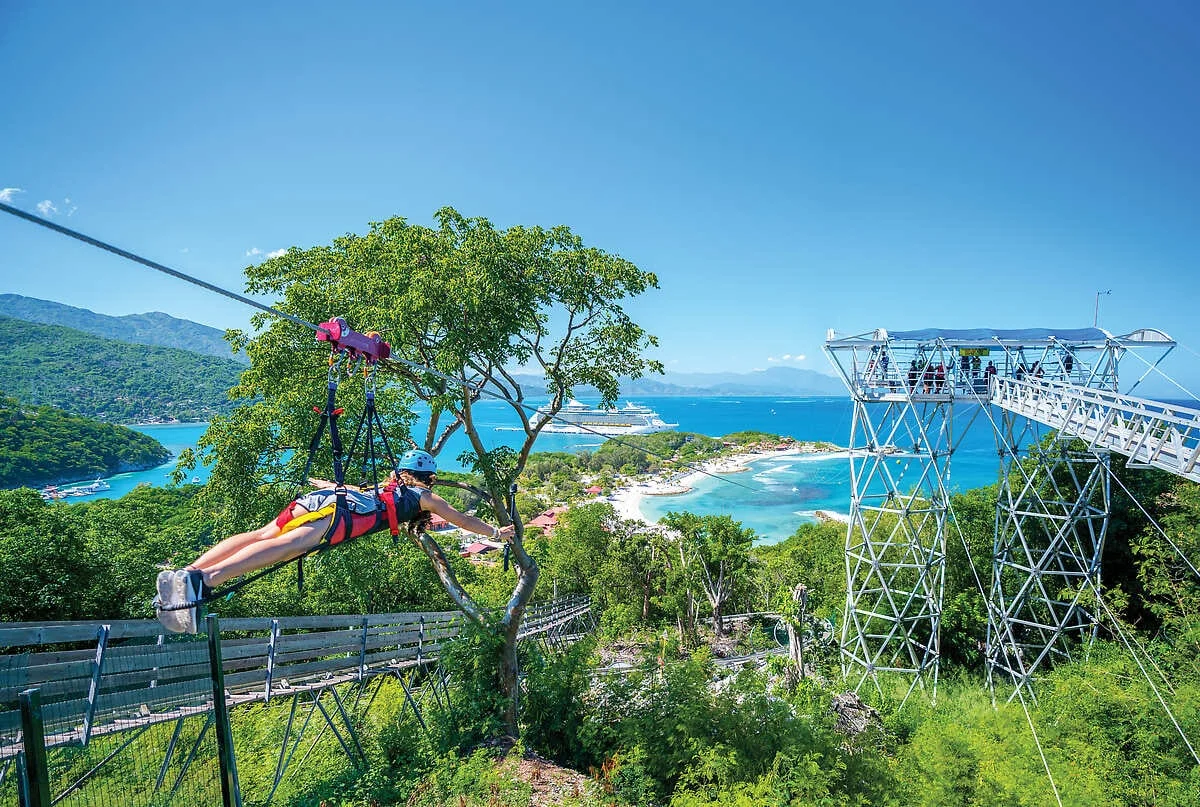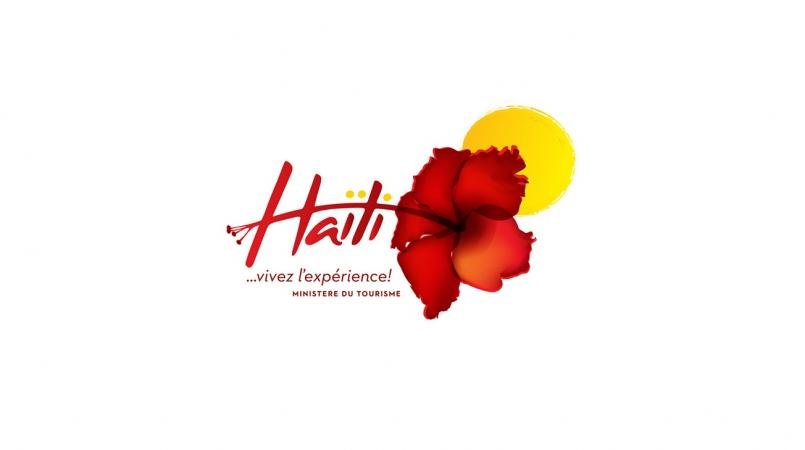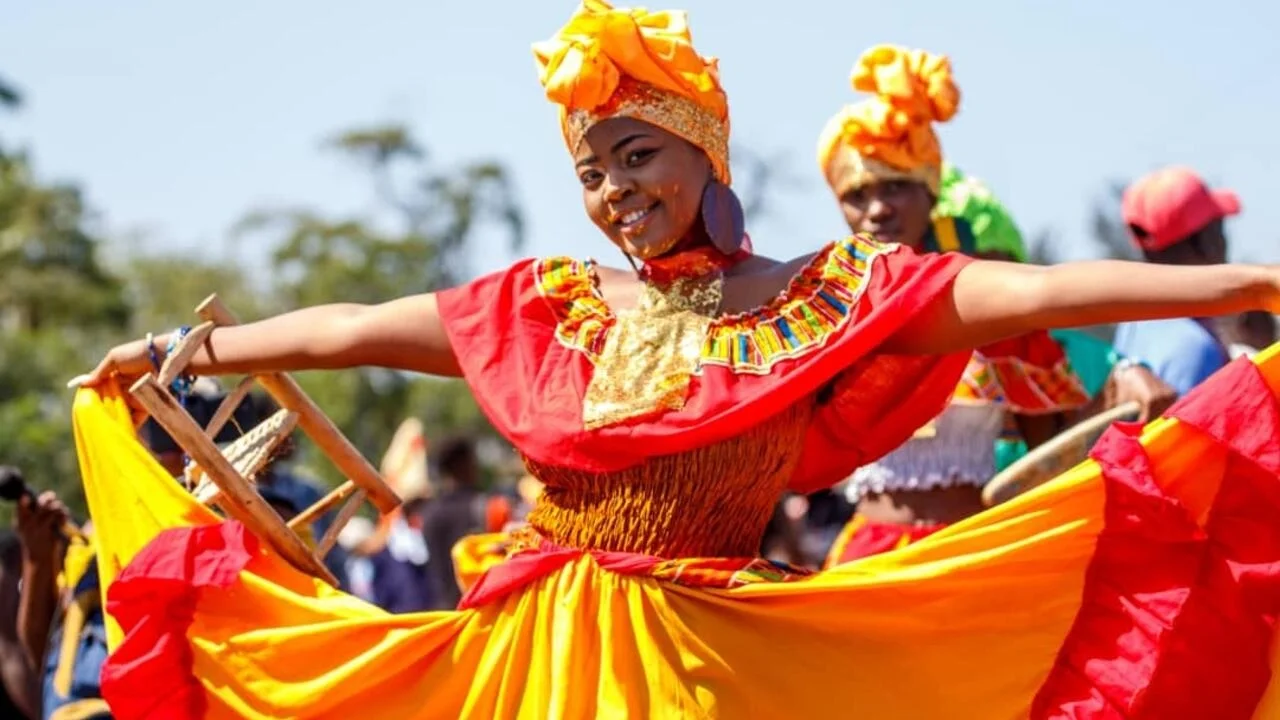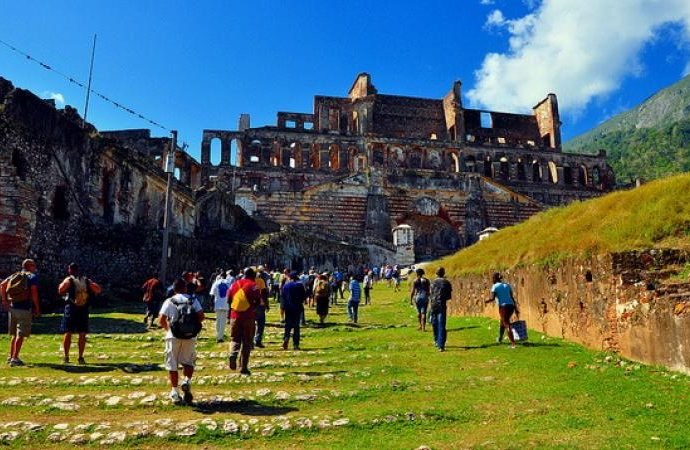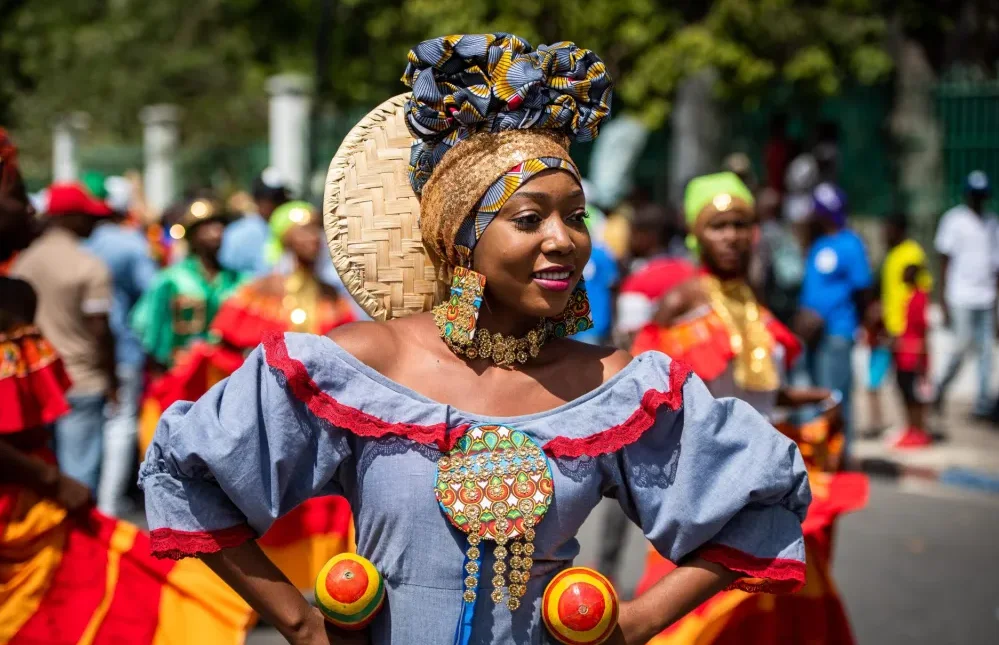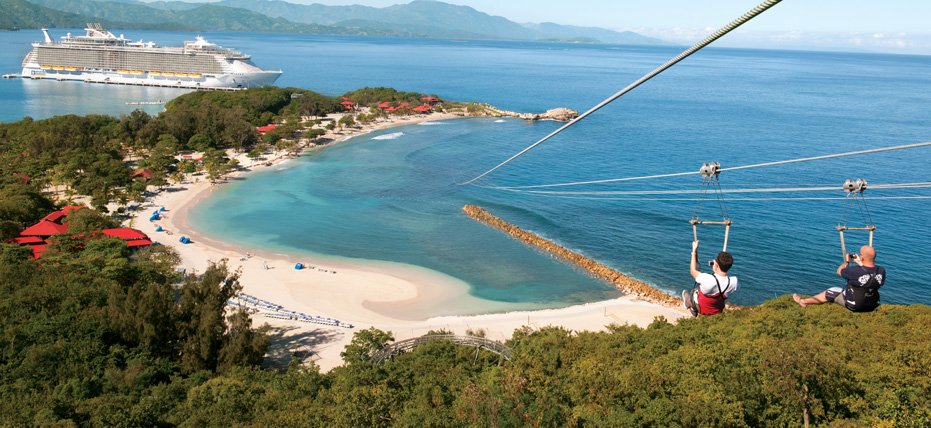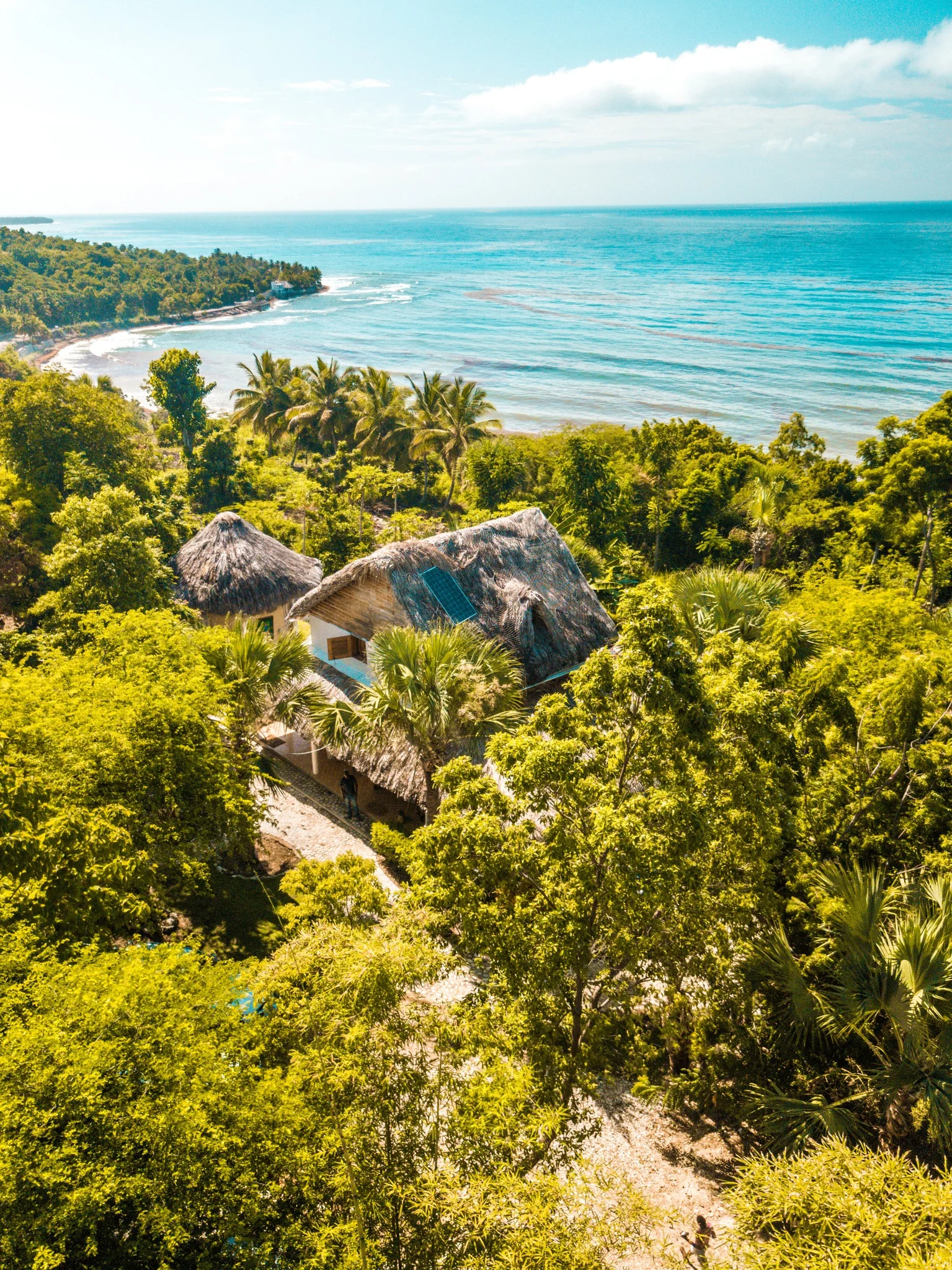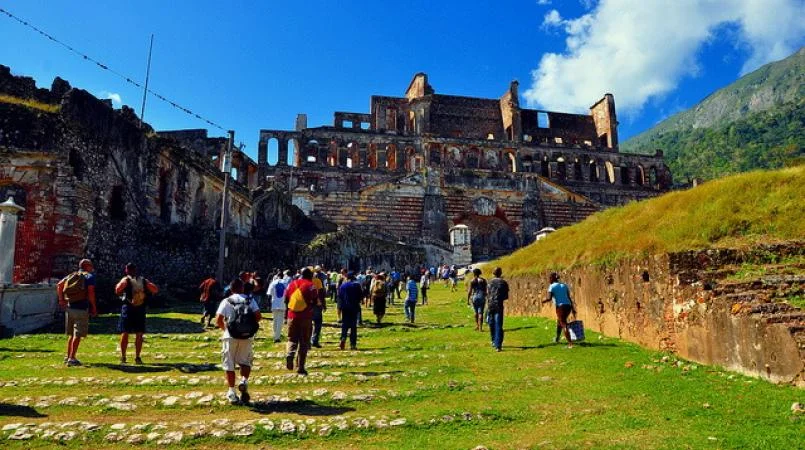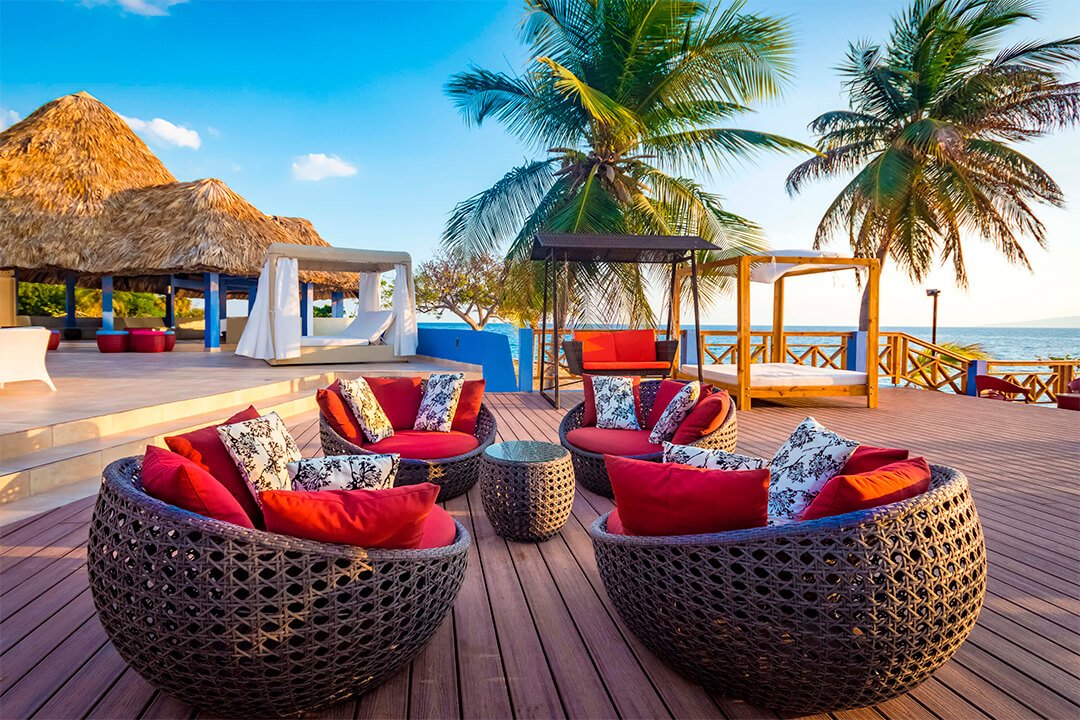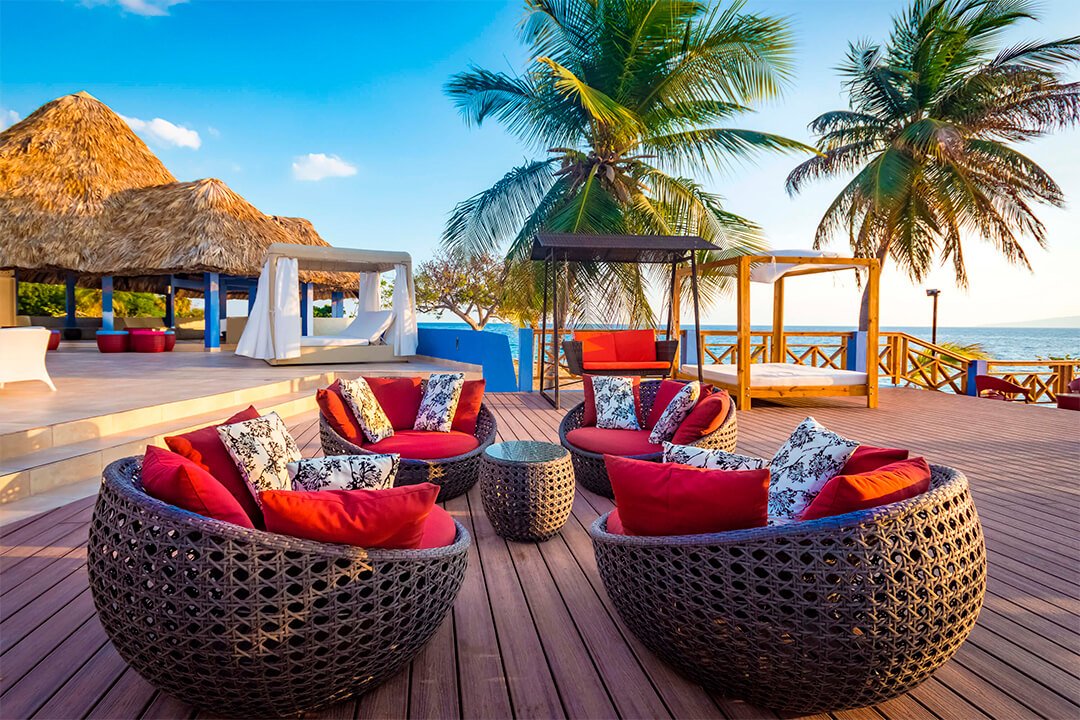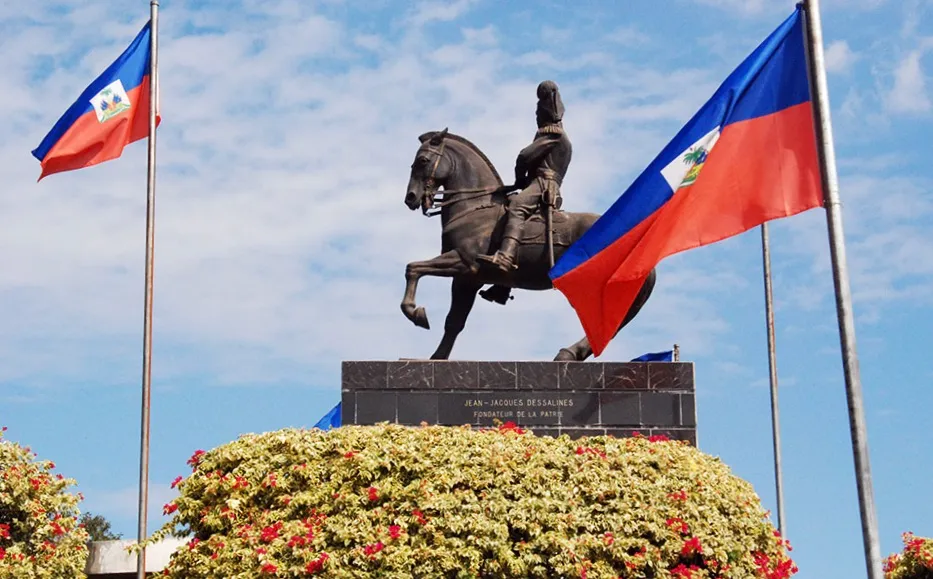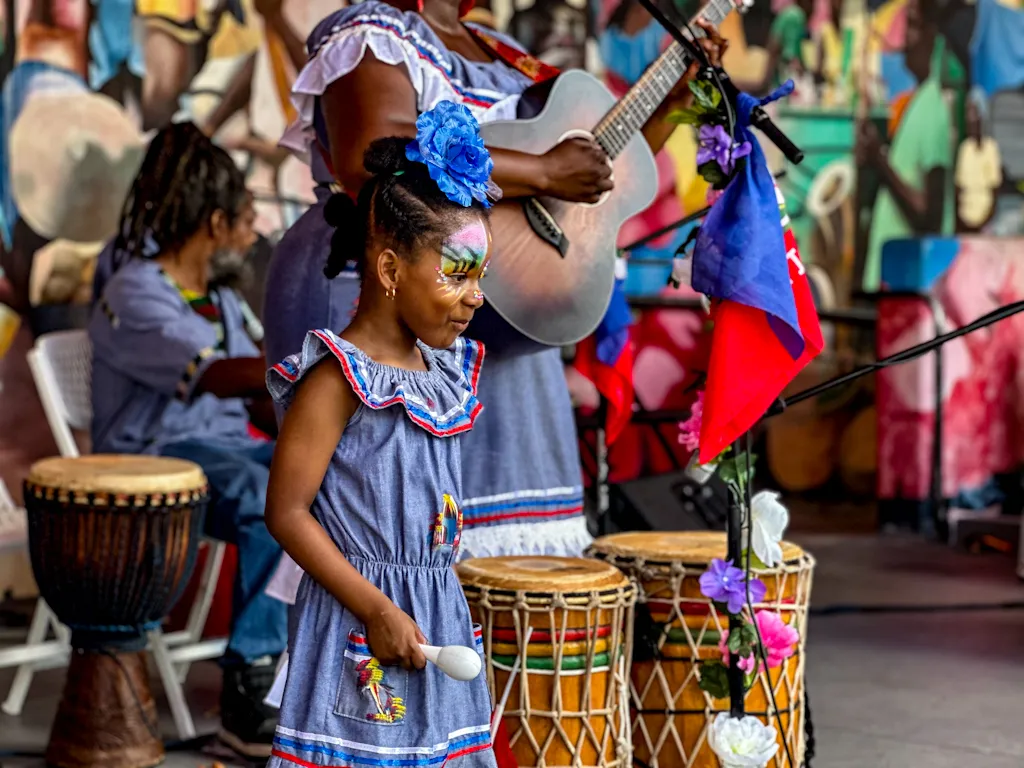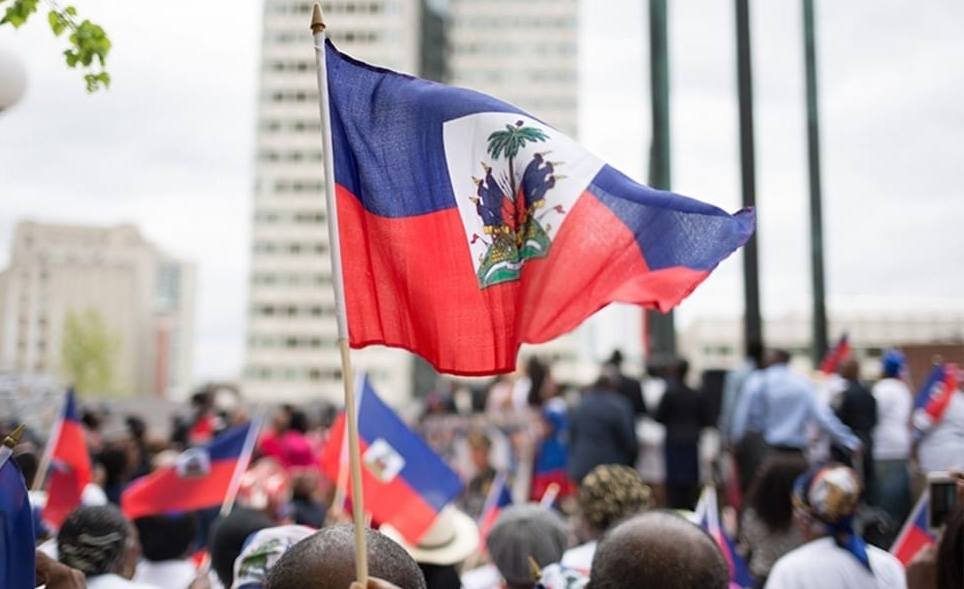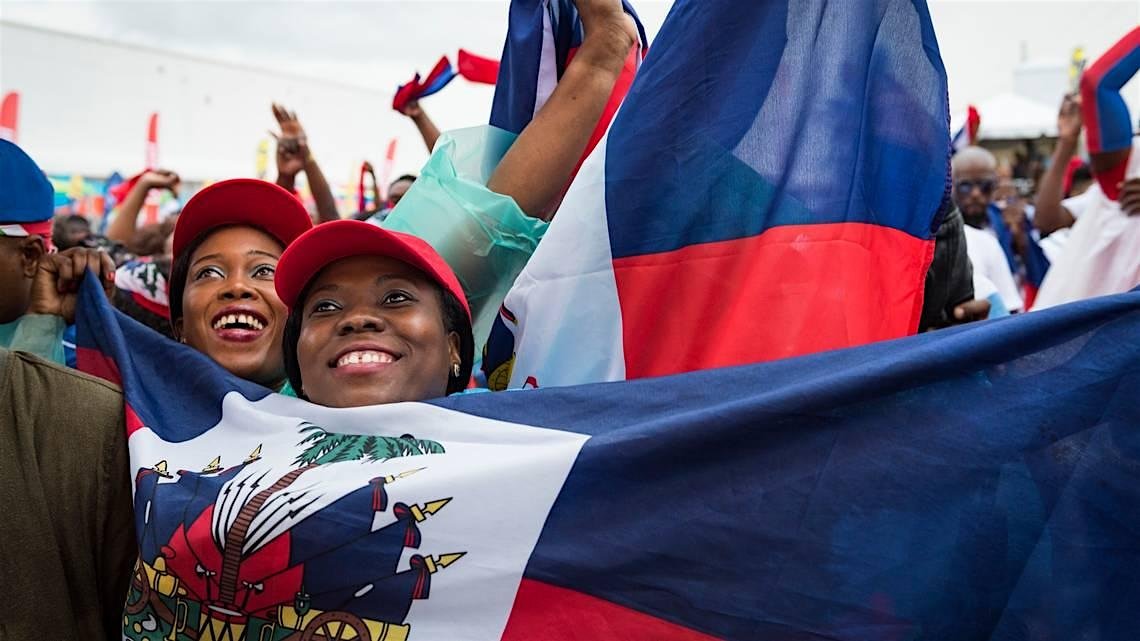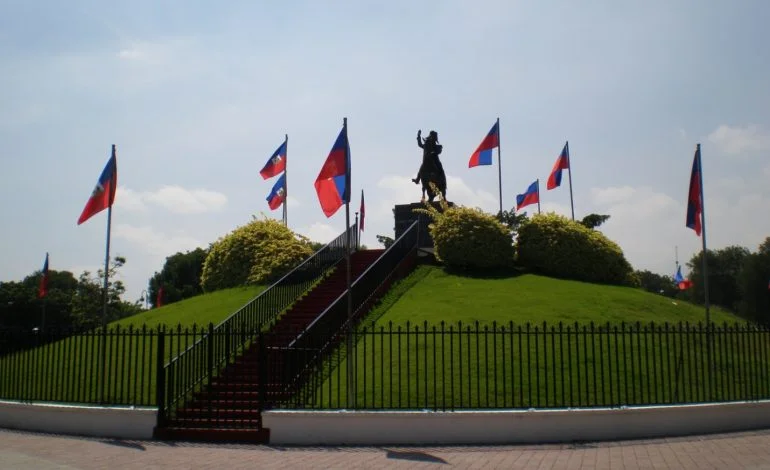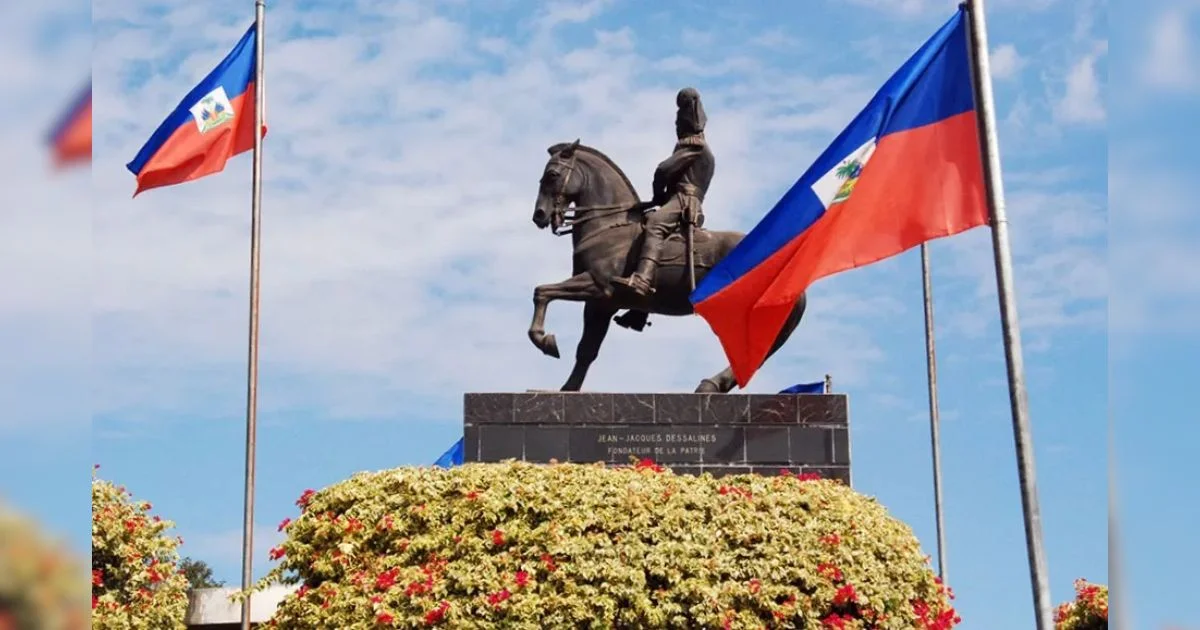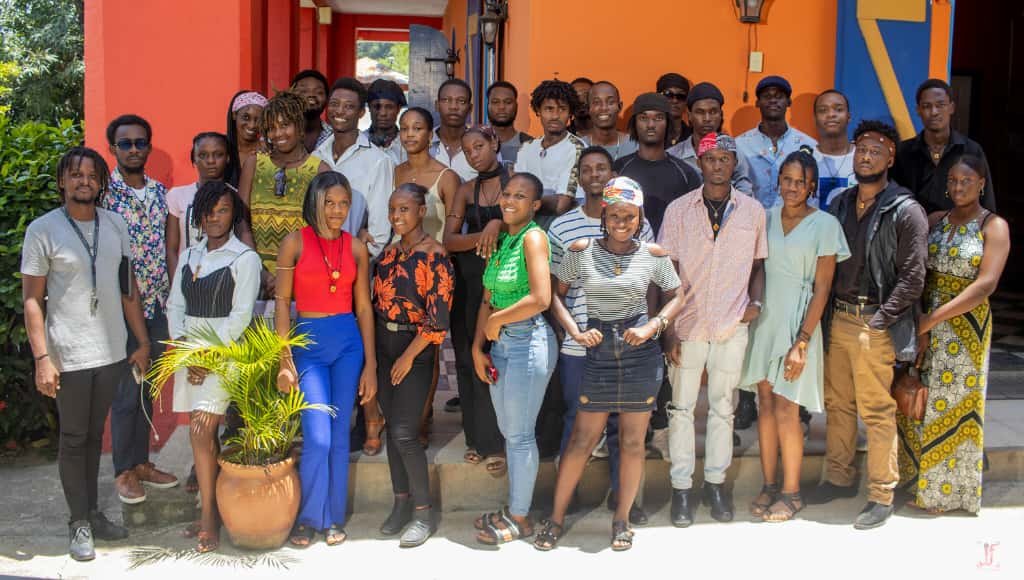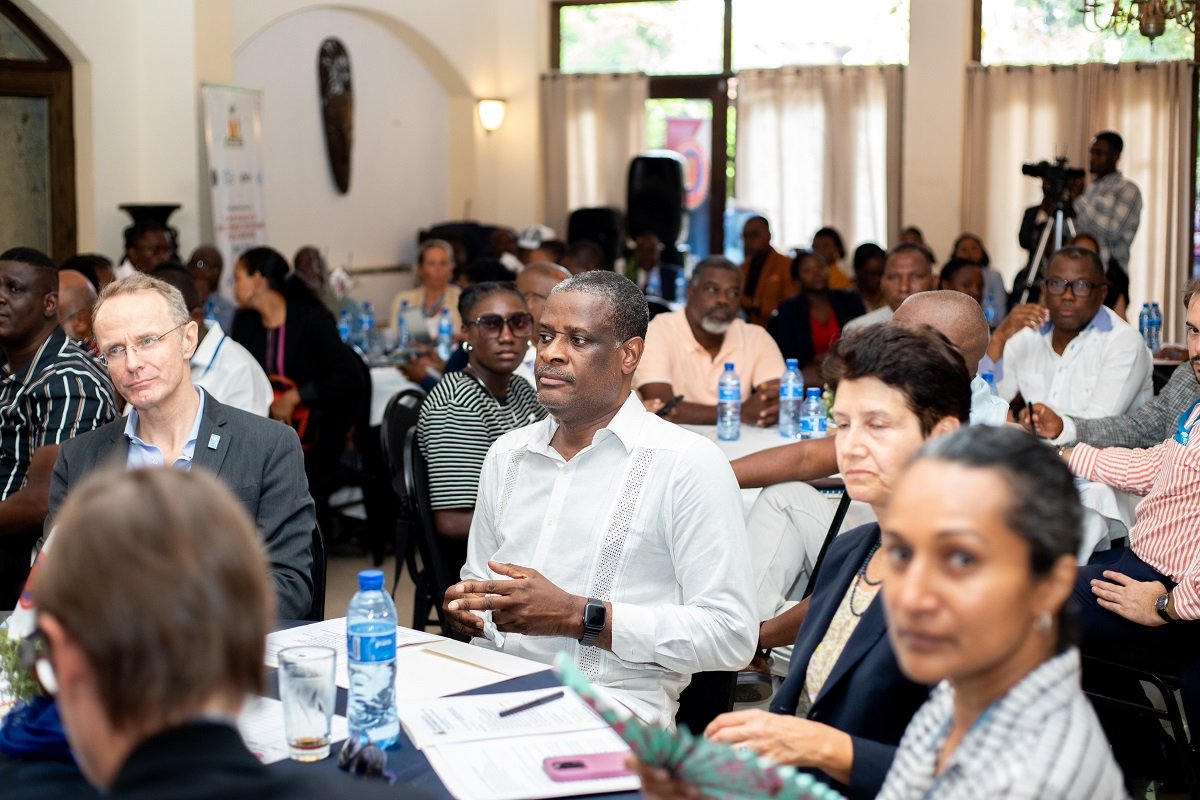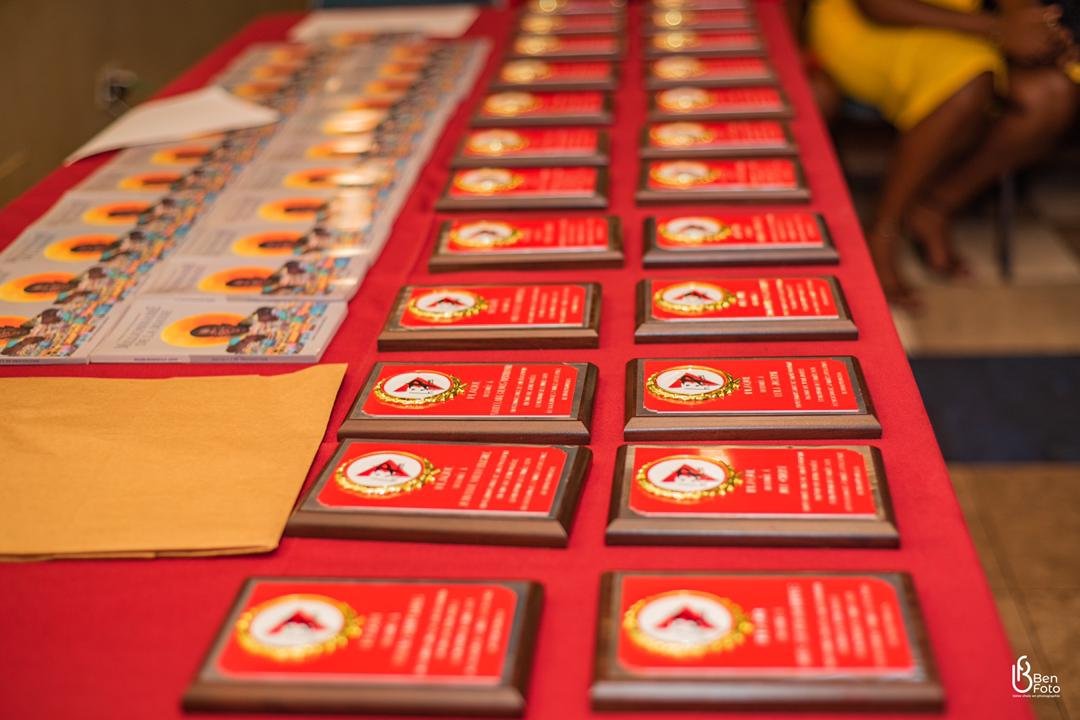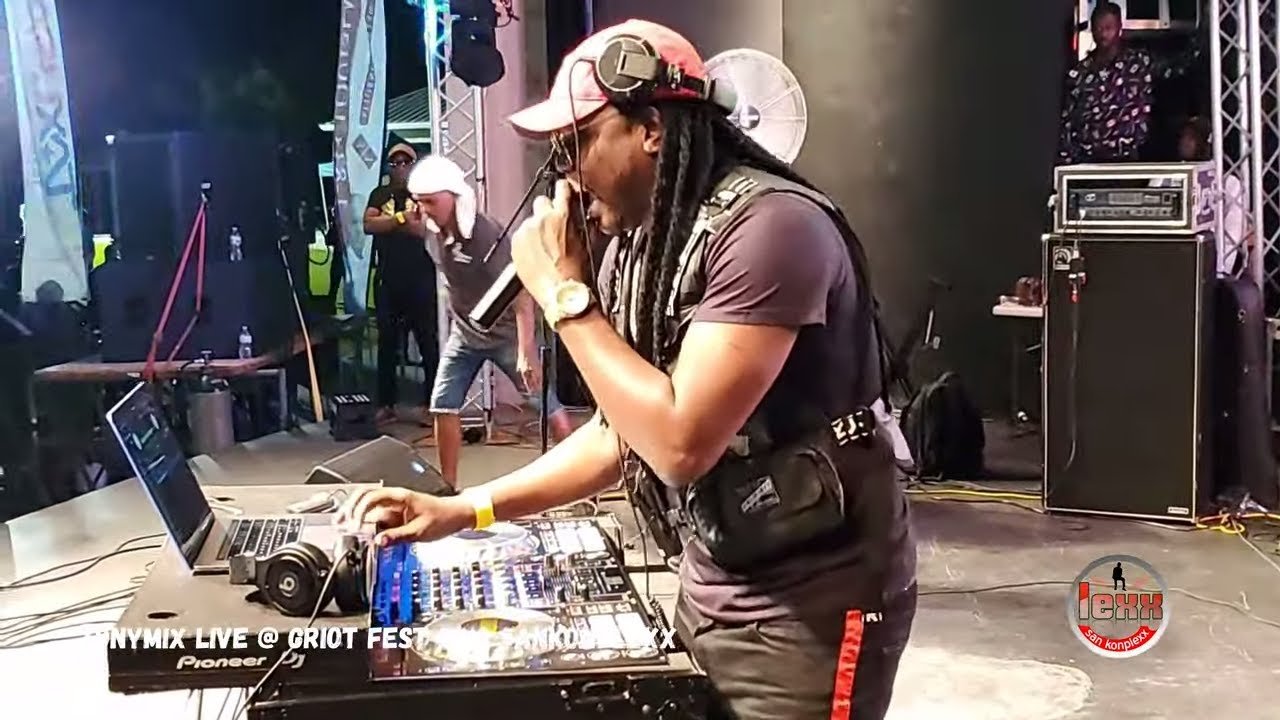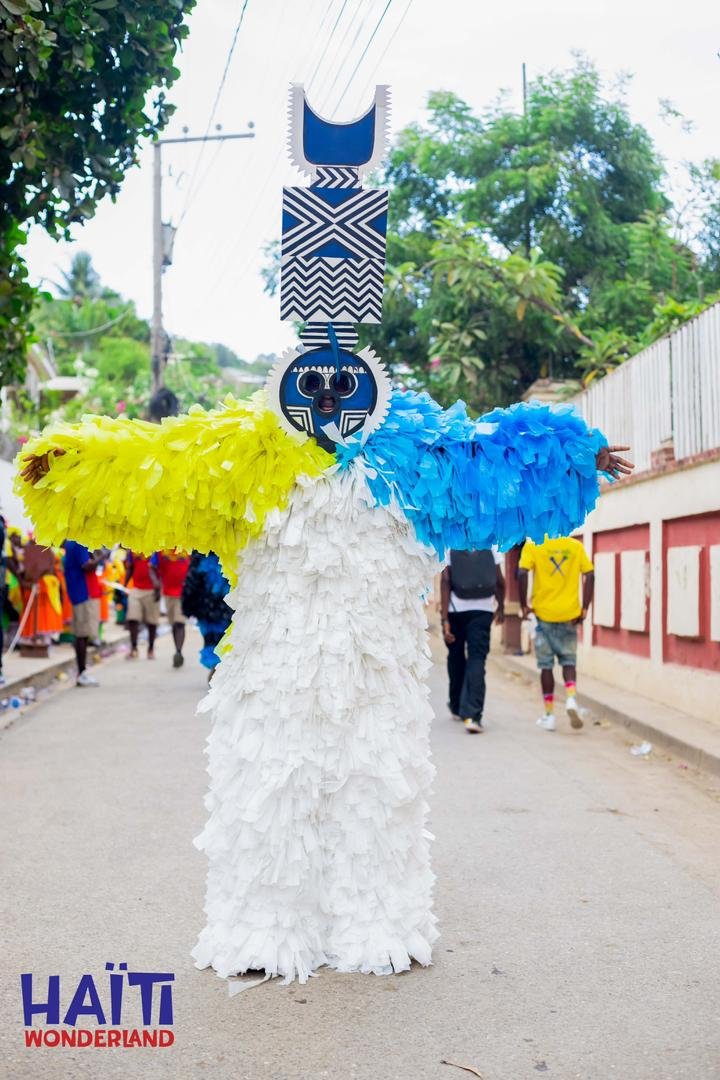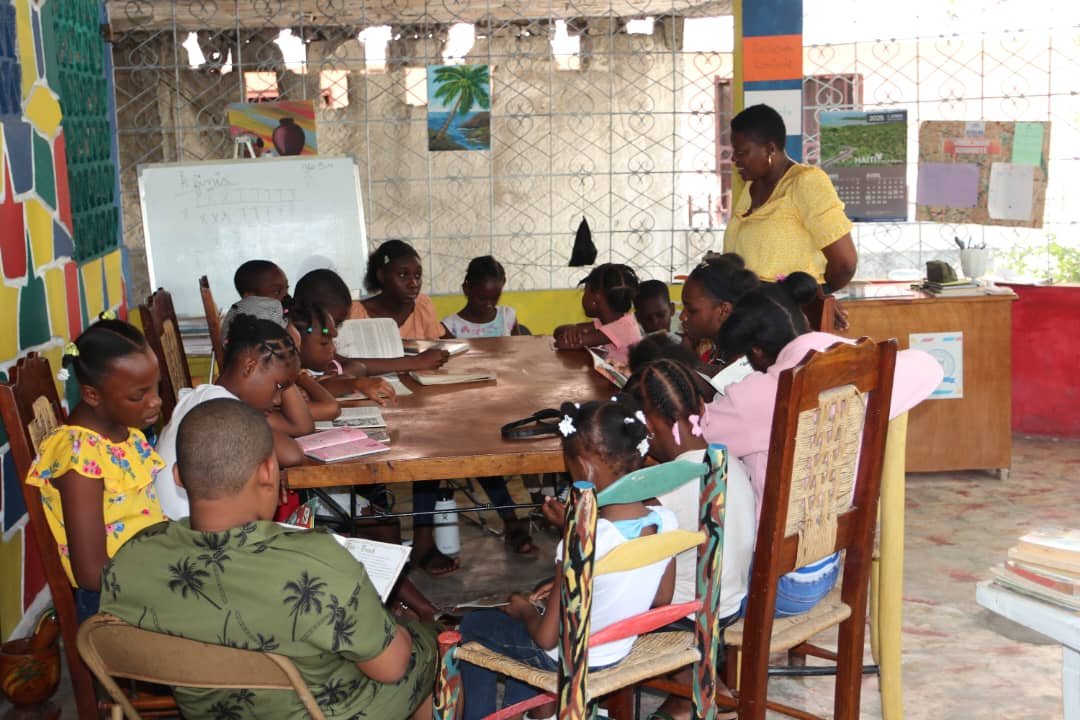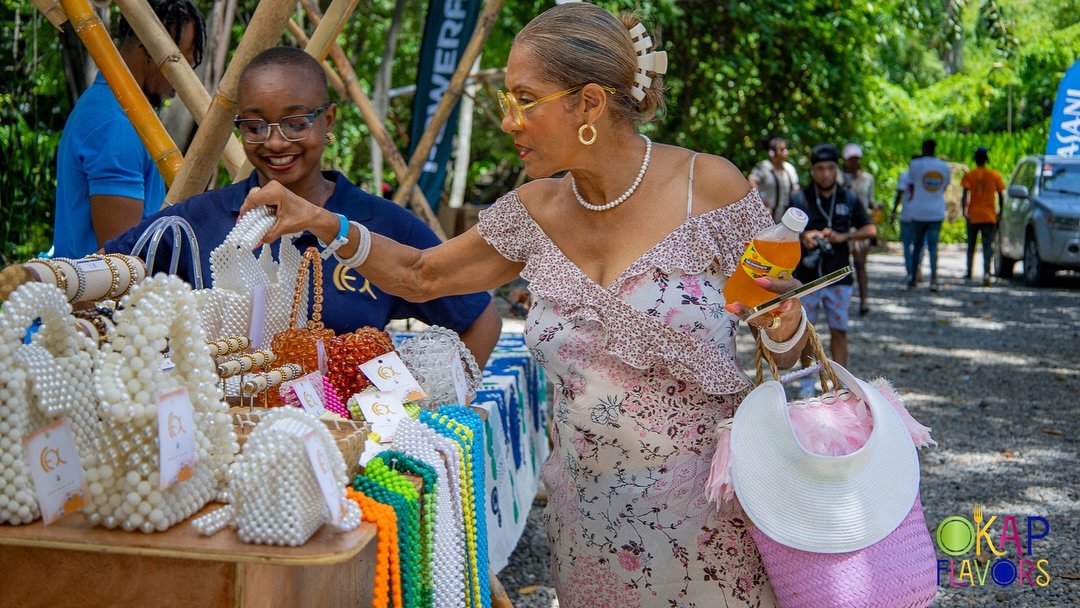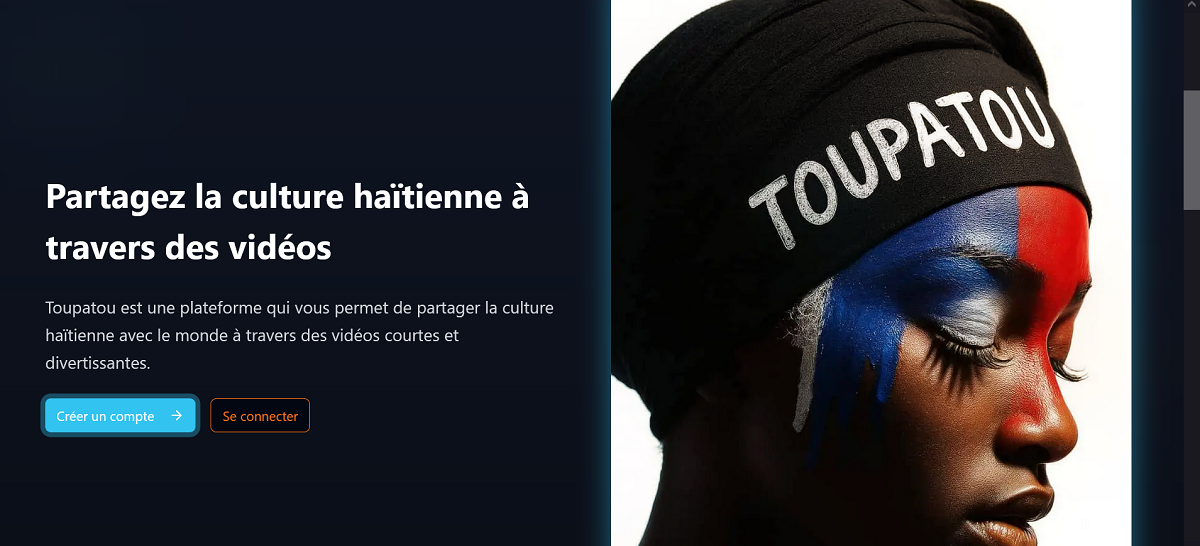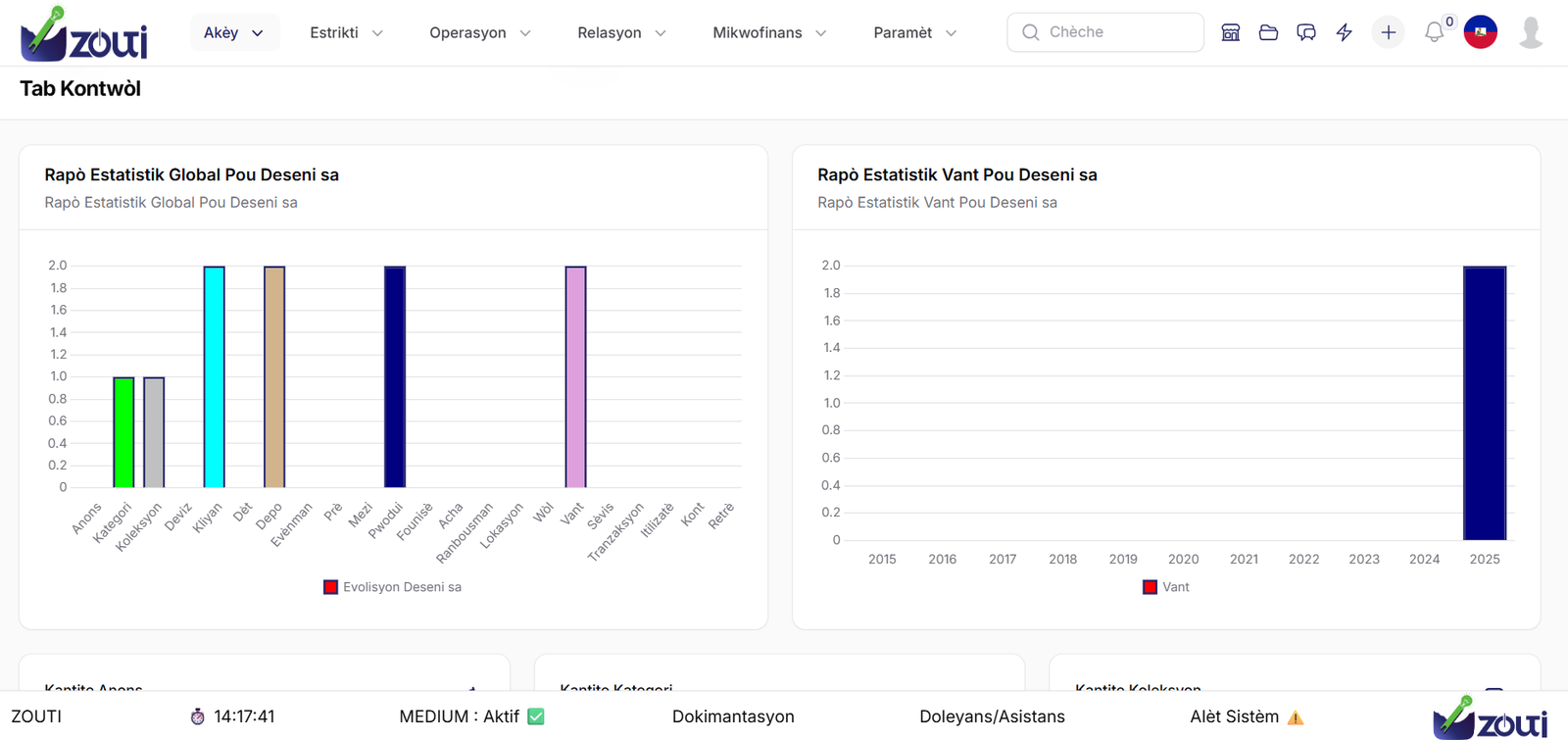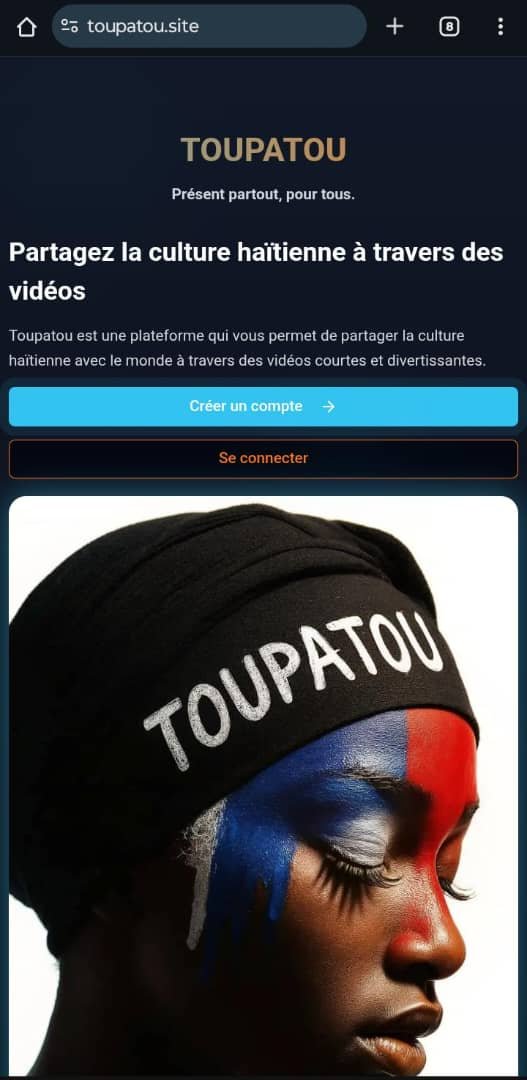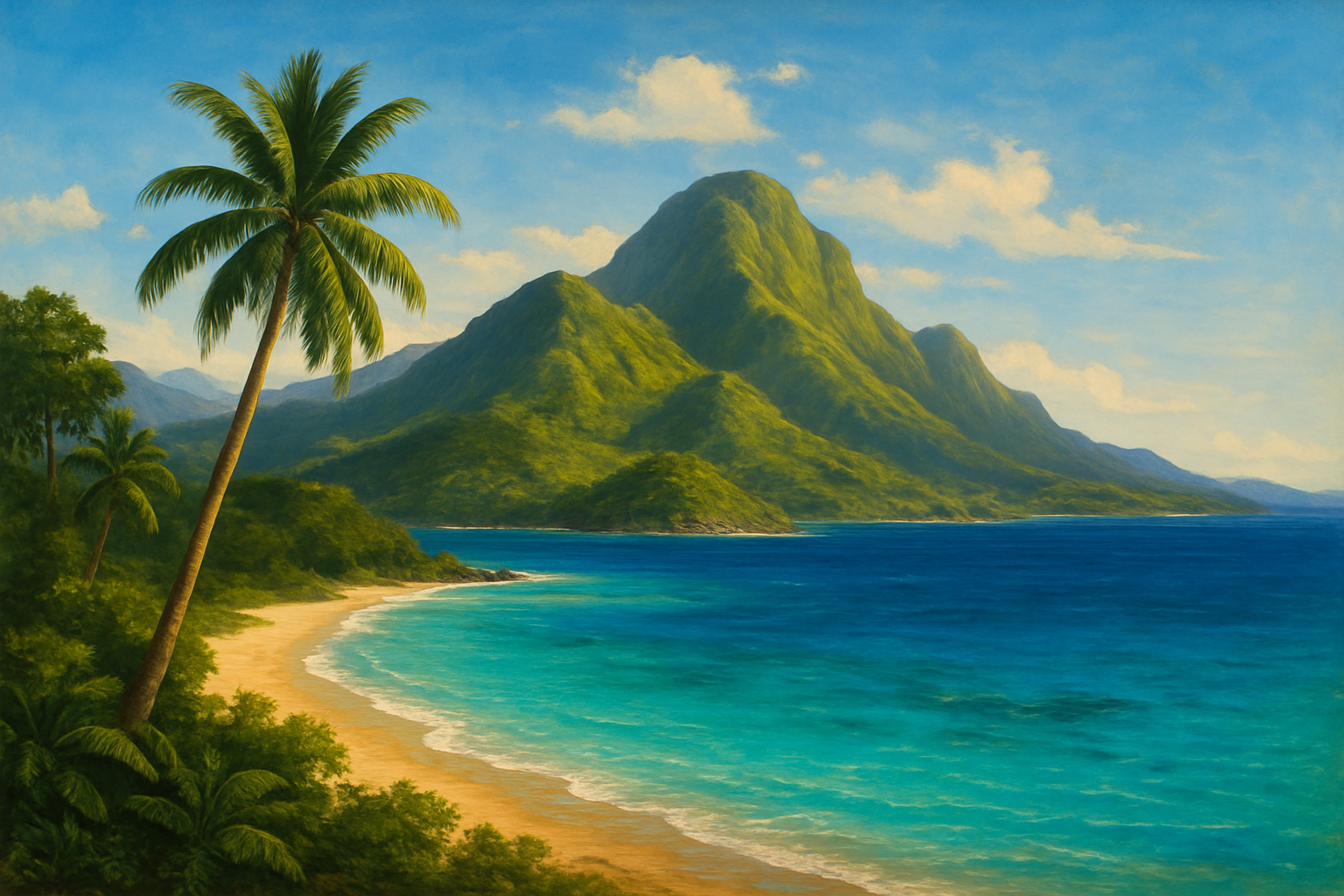L’impact des traumatismes collectifs et individuels sur le développement personnel des jeunes à Port-au-Prince
Si les écrivains, comédiens, danseurs, poètes, entre autres, nous ont gratifiés avec leurs performances, l’étudiante mémorante en psychologie à la faculté des sciences humaines ( FASCH ), Lourdya Blaise s’est entretenu avec le public autour des traumatismes. Articulée autour du thème « Jeunesse et Trauma, analyse de l’impact des traumatismes collectifs et individuels sur le développement personnel des jeunes vivants à Port-au-Prince entre 2010-2024 », cette conférence a donné lieu à des échanges enrichissantes. Au cours de cette rencontre, modérée par Michaël Formilus, madame Blaise a montré comment les événements qui se sont succédé dans le pays ont provoqué des cas de traumatismes chez les Haïtiens.
Selon l’étudiante, citant l’association américaine de psychologie, on parle de traumatisme comme conséquence du trauma. Ce dernier s’explique par le fait qu’on se sente menacé, que ce soit la personne en question ou ses proches. Toutefois, elle précise qu’un traumatisme collectif demeure en fonction de l’impact qu’a l’événement sur l’individu. Pour illustrer ses propos, elle a évoqué le séisme du 12 janvier 2010 considéré comme un trauma collectif, dans la mesure où il occupe encore nos esprits. Ce drame nous rappelle la disparition de nos proches et d’énormes pertes. C’est le cas d’un trauma qui devient un traumatisme collectif.
Pour l’étudiante, il y a lieu de souligner que lorsque survient un événement, certaines personnes sont traumatisés et d’autres ne le sont pas. Selon lui, la violence des gangs armés n’est pas perçue de la même façon, soutient madame Blaise. Il y a des personnes qui ont fui leurs maisons mais ne sont pas traumatisés. En effet, certaines personnes voient dans des situations traumatisantes un événement passager, avance-t-elle.
La conférencière s’est aussi discouru sur le trauma collectif qui, selon lui, préoccupe l’esprit, même si on ne le vit plus encore. Il se manifeste sous plusieurs formes : manque de sommeil, psychose de peur, pensées envahissantes, battement de cœur intense… Généralement, les symptômes liés au trauma ont la vie dure. Quand cela perdure, il devient un stress aigu. Pour y faire face, on doit discuter avec d’autres personnes. Si la situation persiste, le stress aigu se transforme en phase de stress post-traumatique ; dans ce cas, il faut se confier à une personne de confiance ou aller voir un spécialiste de santé mentale, conseille-t-elle.
Dans sa présentation, Lourdya Bazile a aussi attiré l’attention sur l’état psychologique des enfants en ces temps qui courent. A en croire la présentatrice, les enfants sont aussi confrontés à cette situation de crise, même s’ils n’en parlent pas aux parents. Autant que les adultes, les enfants planifient aussi leur avenir. Face aux années scolaires bafouées, ils deviennent pensifs et inquiets, a-t-elle souligné. Ils se referment. L’enfant avant brillant peut devenir violent et moins performent à l’école. Les parents sont appelés à les écouter et les comprendre.
Un bon moment d’échange, riche en conseils pratiques. Le public y a pleinement participé. À son tour, la présentatrice l’invite à mieux respirer et méditer. « On vit dans un pays ou les soucis se mêlent, on doit prendre du temps pour soi, faire du sport, bien se nourrir, s’assurer que l’espace pour dormir soit propre et prendre du temps pour soi. Il y a plus d’une façon de faire pour trouver le calme », rappelle la psychologue.
Gertrude Jean-Louis
